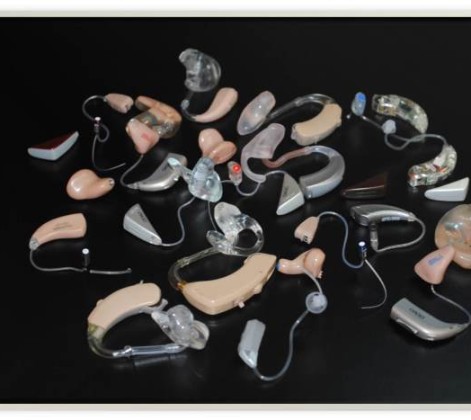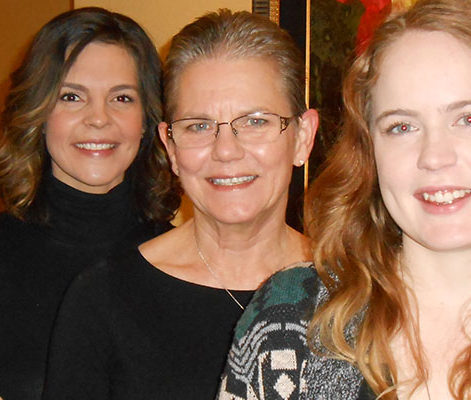Did you know that the muzzle blast from a rifle or shotgun can be in excess of 140 decibels (dB)? And that this amount of noise is a thousand times louder than 80dB which is considered the level at which noise induced hearing damage occurs?
Exposure to just a single blast can cause permanent hearing loss. When one considers the multitude of shots fired from a dove field or from a duck blind, the effect on unprotected hearing can be devastating.
So what can you do to protect your hearing while at the same time partaking in your annual hunting heritage? The answer is the use of hearing protection devices such as foam or custom-molded ear plugs.
Notice I did not suggest the use of ear muffs. While these can be used while hunting, they tend to be bulky, hot, and highly conspicuous to wary game. Also, I do not recommend the expensive electronic devices. Besides the high price, I have some real concerns about the use of the electronics – many of which are designed to also amplify sounds — as hearing protection, as failure of the device could result in severe hearing loss to the wearer.
There are basically three types of ear plugs available today: formable, pre-molded, and custom-molded.
Formable ear plugs are manufactured from a variety of materials, including cotton and wax, spun fiberglass, silicone putty, and recoverable foam. Their primary advantage is comfort as they can be shaped to fit most ear canals. These earplugs are also very inexpensive ranging in price from 75 cents to $2.50 per pair.
Pre-molded ear plugs are usually manufactured from vinyl or cured silicone and range in price from $5 to $30. While they do offer some hearing protection, pre-molded plugs will not always seal the ear canal and some shooters find these uncomfortable to wear.
Custom-molded ear plugs are – as their name implies – custom fit to each ear. To make these ear plugs, a hearing healthcare professional takes an impression of the ear, which is then used to make a mold for which the plug is cast in. The preferred material is poly vinyl, which is extremely durable yet soft enough to be quite comfortable.
While custom-molded ear plugs may seem expensive (in my practice, I charge $150 per pair) their advantages are that they 1.) seal the ear canal extremely well, thus providing superior hearing protection, 2.) are highly comfortable to wear, and 3.) are very durable, lasting for years. Besides, that price is far, far less than the electronic devices.
One more advantage to custom-molded plugs is that recent technology has provided the means to install noise valves that allow up to 80dB of noise to be heard unabated. But when noise levels increase on the dB scale, these valves shut out high impact noises such as the report from a firearm. Valve equipped ear plugs enable the hunter to protect his or her hearing from the excessive noise produced by gun fire with the added safety of being able to hear more subtle noises and other hunters afield.
These are especially good for waterfowl hunters who need to operate their calls, yet shoot in close proximity to partners, oftentimes from permanent blinds which exacerbate gun-shot noise. Because the filter-equipped plugs do cut-out about 6 dB of noise from normal sound levels, a bit of pre-season practice with one’s calls would be wise in order to differentiate the perceived sounds made while operating the calls versus the sounds one hears without hearing protection.
Big-game hunters can use these too; simply insert them once game is spotted and a stalk or shot is imminent. My husband puts his plugs in a lanyard equipped case that he wears around his neck; the plugs, safely inside the case are tucked inside his shirt, where they are easily accessible.
Whatever you do to get ready for this year’s hunting season, consider adding hearing protection to your list of essential gear. Remember, it’s never too late to start protecting the hearing you have, and it’s wiser still to start off a son, daughter, or grandchild’s hunting career with the use of hearing protection.
How can you get yourself a pair of these plugs? Find a doctor of audiology near where you live – preferably, like myself, a member of AudigyGroup – who offers hearing protection as part of their practice. Set-up an appointment for impressions to be taken. Turn-around-time for the impressions of your ears to be sent to the laboratory where the plugs are made is about two weeks. With minor care, your plugs should provide protection for years … because hearing is a wonderful gift!




